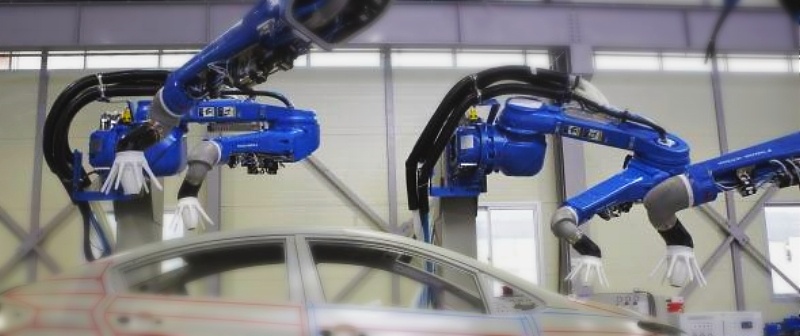


Automatic cleanup Unlike other tagging tools, Finetune works mostly in an automatic way. Automatically fix song information, cover art, lyrics and remove duplicate and missing tracks. We then elaborate on how cells can exert highly localized control over the assembly, interaction and composition of such complexes in order to attain essential cellular output specificity. Finetune is the easiest way to fix your music library. In this review, we first discuss how individual RKs simultaneously contribute to the transduction and deconvolution of a multitude of signals by controlled assembly into diverse RK complexes, exemplified by FERONIA signaling versatility. Observation: The optimal initial learning rate for DenseNet could be in the range marked by red dotted lines, but we selected 2e-2.Generally the Learning rate is selected where there is maximum. Early studies on RK signaling depicted the path from external signal to internal response in a linear fashion, but recent findings show that these cellular information highways are highly interconnected and pass signals through molecular intersections. Receptor kinases (RKs) are crucial for plant cells to integrate such cues from the environment, from microbes, or from other cells to coordinate their physiological response and their development. While some external signals are also sensed intracellularly, a considerable share of external information is registered already at the plasma membrane (PM). The first step in preparing this data for fine-tuning is extracting our questions, contexts, and answers from the JSON files into training and validation sets. The two methods here are based on those should in Kuhn (2014).Organisms need to constantly inform their cellular machinery about the biochemical and physical status of their surroundings to adapt and thrive. We start off by doing a small set of resamples for all of the grid points, then statistically testing to see which ones should be dropped or investigated more. The second set of methods are for “racing”. Library ( tidymodels ) library ( finetune ) # Syntax very similar to `tune_grid()` or `tune_bayes()`: # - data ( two_class_dat, package = "modeldata" ) set.seed ( 1 ) rs % set_engine ( "klaR" ) # - set.seed ( 2 ) sa_res % tune_sim_anneal ( Class ~. The validated data generated in Validation Station can be exported using Machine Learning Extractor Trainer activity, and can be used to fine-tune ML models in AI Center.


 0 kommentar(er)
0 kommentar(er)
